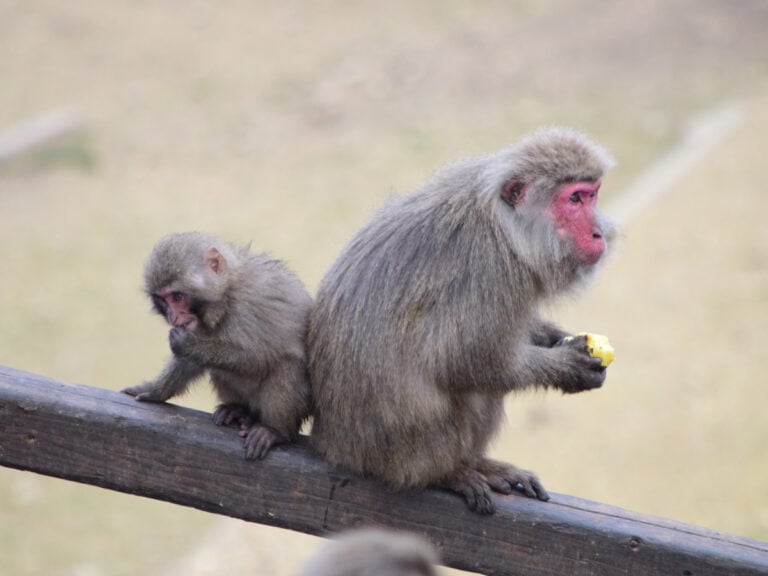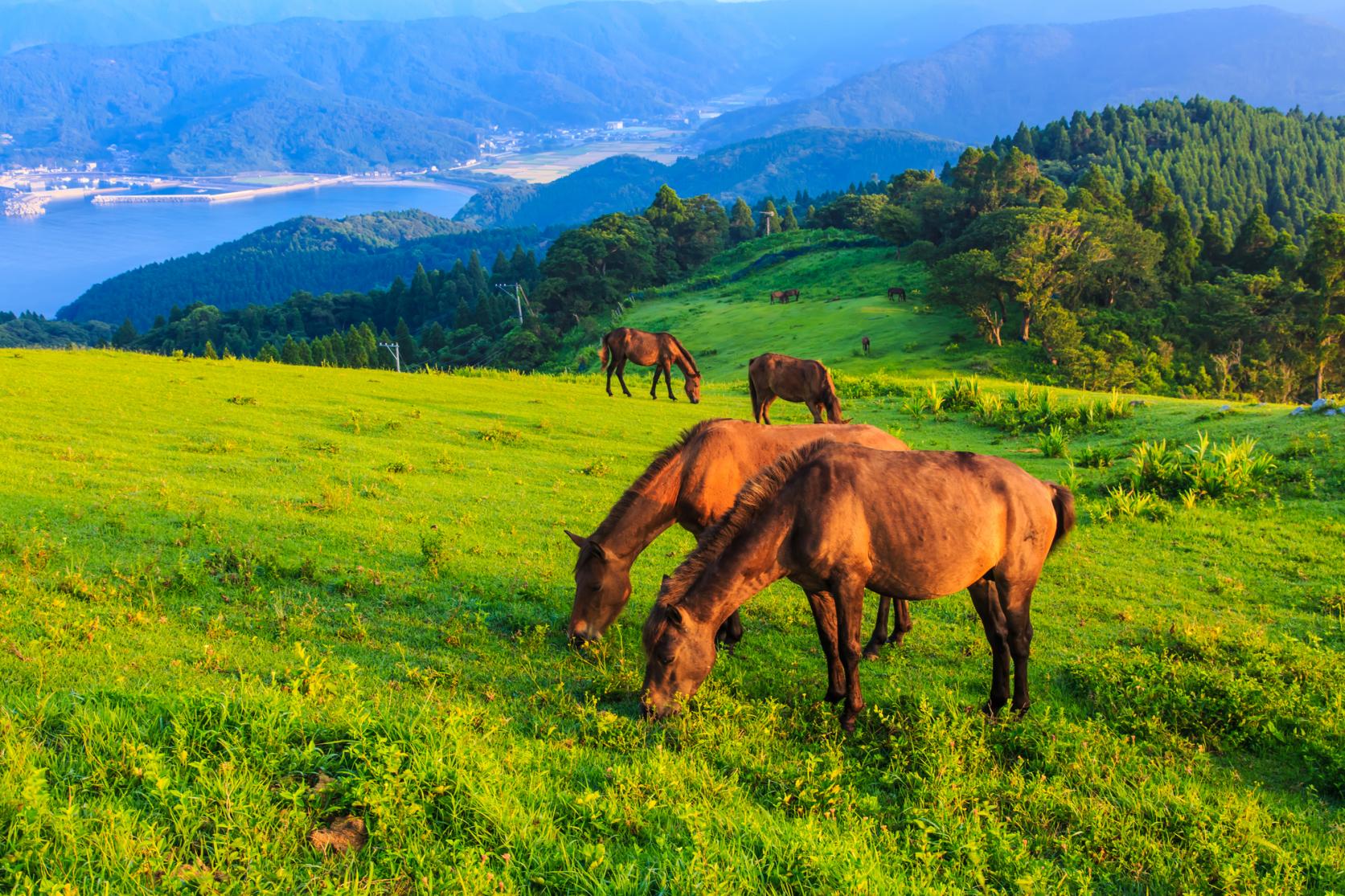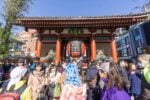
Japan offers a plethora of unique opportunities for animal lovers and eco-conscious individuals to explore its rich biodiversity in ethical ways. Whilst zoos exist all over the country, we’re going to take a look at alternatives to the traditional style of zoo, that offer a more genuine and animal-friendly experience. Why not visit some of these fascinating sanctuaries whilst living in Japan?
Takasakiyama Natural Zoological Garden, Oita Prefecture
Takasakiyama Natural Zoological Garden, located in Oita Prefecture, Japan, is home to over 1,500 wild Japanese macaques, allowing them to roam freely in their natural habitat on Takasaki Mountain. Having personally visited this zoo twice, I can vouch for how happy the macaques are living there. They are free to stay in the mountain, and often do, for as long as they please. To reduce conflict with local farmers, the zoo feeds the monkeys a couple of times a day, something that you can freely watch. Whilst the guides don’t speak too much English, if your Japanese is up to scratch you’ll be able to find out hoards of information about macaques in general, as well as specific personality traits and drama within the Takasaki troops.
To reach the garden, travelers can take a short 30 minutes bus ride (around 500 yen) from Oita Station, making it convenient for day trips. Entry to the park is reasonably priced at around 510 yen for adults and 260 yen for children, making it an accessible destination for families.
Seibu Rindo (西部林道),Kagoshima Prefecture

This one is a bit further out the way, but definitely worth the trek. Located on Yakushima island in Kagoshima Prefecture, Seibu Rindo (西部林道) is a 20km stretch of gorgeous, preserved forest road on the Western side of the island. Why is it special? Well on this stretch of road you might well bump into some of the island’s unique inhabitants, Yakushima macaques and Yakushima deer. When I went to Seibu Rindo I was blown away by how the animals are definitely the bosses of this road. I had to stop for around 30 minutes for a stubborn group of macaques to get up from the middle of the road so we could drive past. Budget more time than you expect for this trip, but expect to be amazed!
Yakushima has a modest airport with connections to most major Japanese cities. Once on the island, you can rent a car from one of the many car rental services. Note that on occasion this stretch of road has been known to be shut for events like landslides. Check with your hostel/hotel owner before setting out for the latest information.
Cape Toi (都井岬, Toi Misaki), Miyazaki Prefecture

If you ever find yourself in southern Kyushu, you’ll want to pay Cape Toi a visit. This stunning coastal destination is home to not only sweeping landscape views, but also a modest population of wild horses. Around 100 Misaki Horses (御崎馬, Misaki Uma) graze at Cape Toi and you’re allowed to view them in their natural habitat for free. Don’t get too close though, as they are wild and are liable to lash out if scared. These horses are rumored to have descended from those bred for samurai in the late 1600s. Public transport is scarce in this part of Japan, so your best bet to get here is to drive from Miyazaki.
Tsurui-Ito Tancho Sanctuary (鶴居·伊藤タンチョウサンクチュアリ), Hokkaido Prefecture
This wildlife sanctuary is a prime spot to catch a glimpse of Red-crowned Cranes. These East Asian wonders are some of the rarest cranes in the world. These beauties can be spotted in all sorts of Japanese art as they symbolize, among other things, longevity and prosperity. Volunteers feed the birds between November and March, so head there in the mornings of these months and you might be lucky enough to spot an animal that most people won’t see in their entire lives.
Whilst there are other ways to get there, renting a car and driving 5 hours west is the best way to visit this remote wildlife sanctuary. Be careful on the icy roads in winter!
Zamami Island (座間味島, Zamami Jima), Okinawa

No talk of natural wildlife in Japan would be complete without mentioning the phenomenal marine world in and around Okinawa. You could pretty much pick any piece of coast on any island in Okinawa Prefecture and be blown away by the vivid coral and array of tropical fish. Personally, Zamami island is my favorite of all the places I’ve been. This tropical paradise is pretty small, with only around 500 permanent residents, but its nature packs a punch. Head to Ama beach and you might be lucky enough to spot a sea turtle in the shallows; I’ve seen them every time I’ve visited, so your chances are high! Or if it’s more coral reef style snorkelling you’re after, visit Furuzamami beach. Swim out for 5 minutes and you’ll be surrounded by a scene straight out of ‘Little Mermaid.’ I’ve personally seen butterfly fish, sea snakes, and lion fish there. Be careful not to approach the wildlife too closely as some of the animals there might be poisonous.
To get to Zamami you should fly into Naha and take a ferry from the port there. There are two options, with the faster of the two taking around 70 minutes and costing about 3000 yen (one way), and the slower taking around 4 hours and costing about 2000 yen (one way). If you’re considering going in high season make sure to book in advance as these ferries can get sold out early.
















